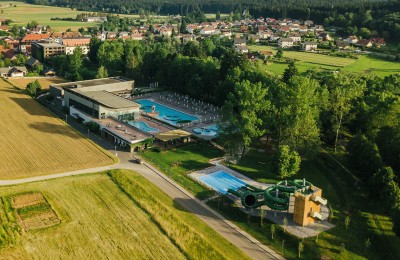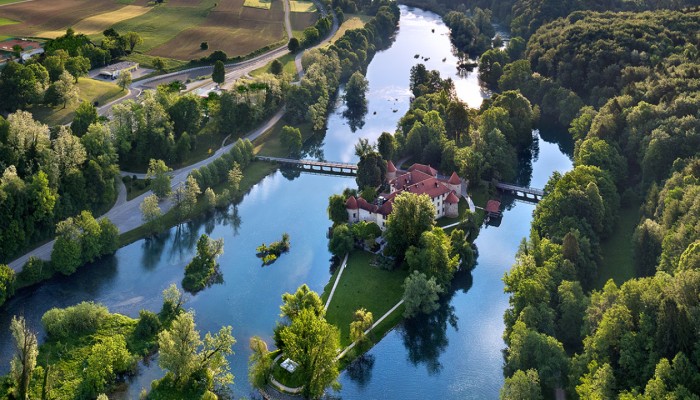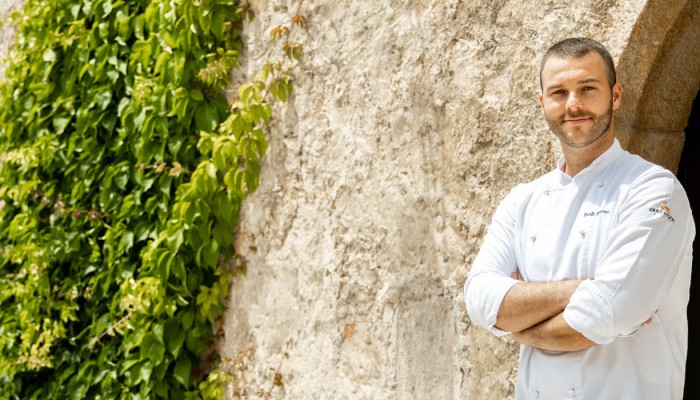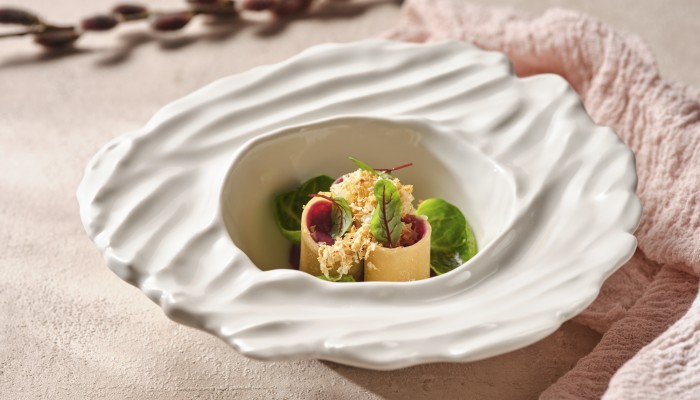Total price:
Simple recipes for tasty dishes
Vitamins and valuable nutrients from the garden in wintertime
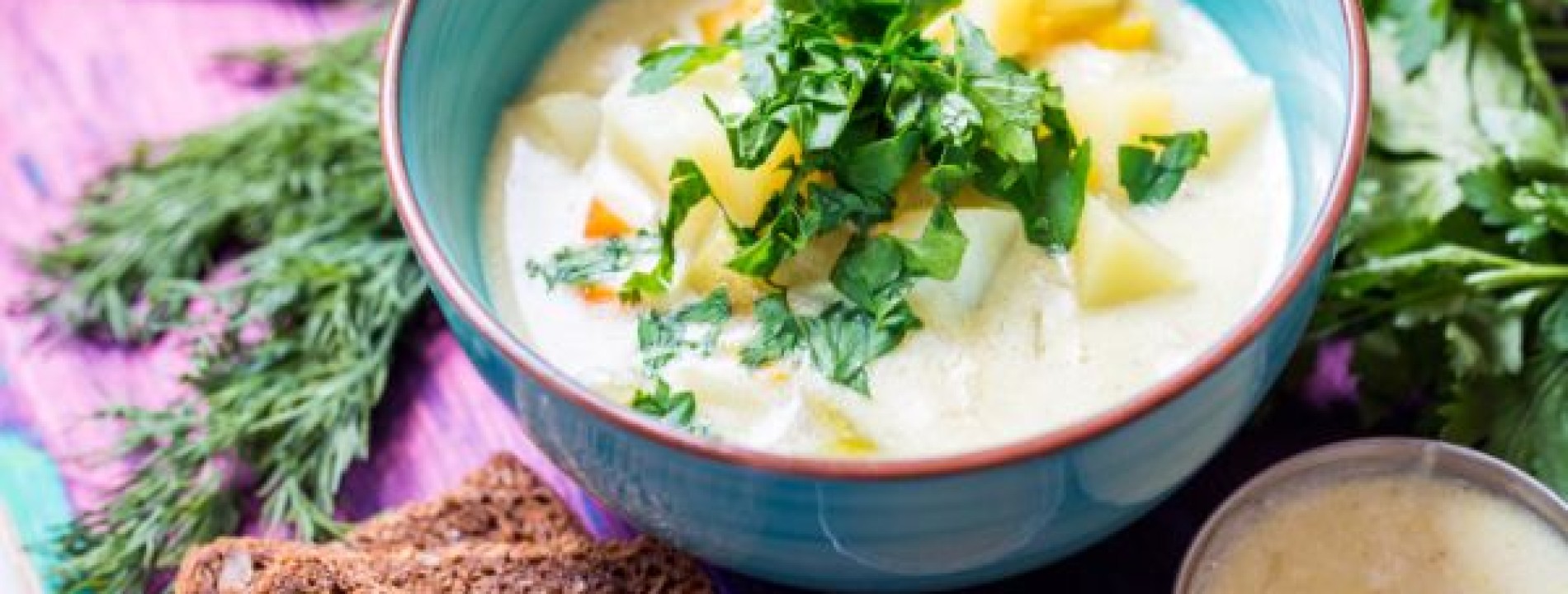
Leek is a natural antibiotic
- Leek functions as a natural antibiotic and helps strengthen the immune system, which comes in handy during the winter season of colds and flus.
- It is a good source of vitamins C, B1, B6, B9 and minerals calcium, magnesium and iron, it helps with digestion and has an antioxidant effect, meaning it protects against rapid ageing, cardiovascular diseases and even cancer. Leeks are very easy to prepare, so we suggest you frequently include them in your diet.
- You can make leek soup, for example. It can be made with leeks and potatoes alone, but if you want to make it richer, we suggest the following recipe.
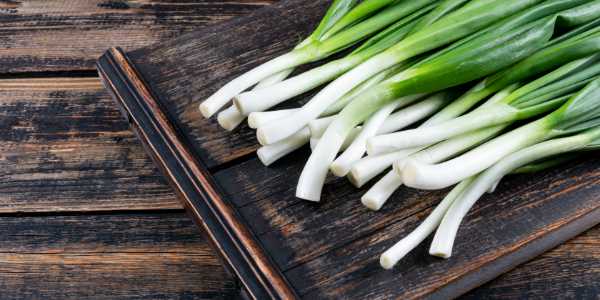
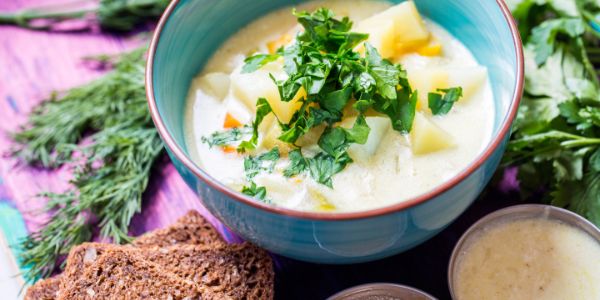
Tasty leek soup with potatoes and cheese
Ingredients:
- 2 leeks
- 2 potatoes
- 1 onion and 1 clove of garlic
- 1 stalk of celery
- 800 ml of stock
- 100 g of sour cream
- 100 g of cheese
- olive oil, a teaspoon of butter
- thyme, salt, pepper
Finely chop the onion and cut the leeks and celery into thin rings. Melt the butter in a hot pan and add the onion, leeks and celery, a bit of olive oil and a bit of water. Cover and steam for 10 minutes. Peel the potatoes and cut them into cubes. Cook it together with thyme in stock for 5 minutes. Then add the vegetables to the potatoes and mix in the sour cream and cheese. Stir and set aside, then puree with a blender to make a creamy soup. Add pepper. For decoration, you can add croutons toasted in olive oil, toasted leek rings or fresh herbs.
Kale is a source of vitamins and minerals
- Kale contains folic acid and affects the formation of hormones serotonin and melatonin, which help maintain good mood and a peaceful sleep.
- It is a low-calorie food, but contains a significant amount of vitamins C, A and K, as well as minerals potassium, magnesium and manganese. Eating kale lowers blood cholesterol levels and has anti-inflammatory effects.
- It’s most suitable for preparing stews and side dishes, but it can also be used to make sarma.
Kale sarma
Ingredients:
- 4 middle-sized kale leaves
- 120 g of organic quinoa
- 80 g of chanterelle mushrooms
- 40 g of onions
- 80 g of fresh bell peppers
- 400 g of fresh tomatoes
- 4 spoons of olive oil and spices to taste
To make the filling, fry finely chopped onions in olive oil and then add chopped chanterelles and bell peppers. After a while, add the quinoa, season, cover with a little water and steam until everything thickens. Prepare the kale leaves by quickly blanching them in boiling water. Put the filling on the blanched kale leaves, roll them and cook them with a little salted water and, for freshness, diced peeled tomatoes.
Lamb's lettuce and radicchio have amazing health benefits
- All sorts of leafy lettuce in general help with exhaustion and bad mood, as they supply the body with vitamins (A, C, B6, folic acid), minerals (magnesium and potassium) and fibre.
- Lamb's lettuce is also recommended for its chlorophyll that we tend to lack in our diets in winter.
- Salad is an excellent dish and is also highly recommended for example after a sauna as it is light and does not weigh heavy on the digestive system while it restores electrolytes and minerals in the body that we lost through sweat.
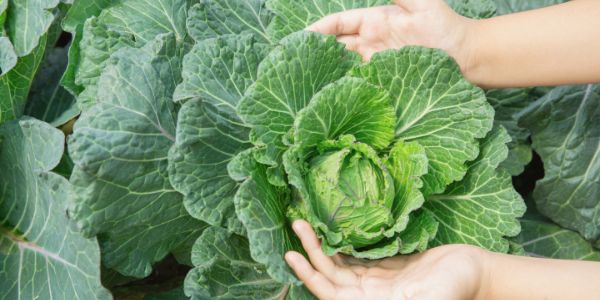
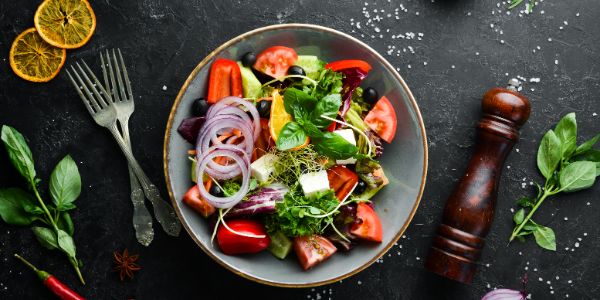
A colourful salad with radicchio, lamb's lettuce and chicken
Ingredients:
- red radicchio, lamb's lettuce, arugula
- chicken fillets
- a few spoons of millet
- salt, pepper, olive oil, apple cider vinegar, sunflower oil
Boil the millet in salted water and cool. Clean, wash and cut all the different lettuces. Lightly pound the chicken fillet, gently season with salt and pepper, and fry in sunflower oil. Season the salad with salt, vinegar, and olive oil. Serve the dish by first placing the salad on the plate, sprinkling it with millet, and adding the chicken fillet cut into strips.
